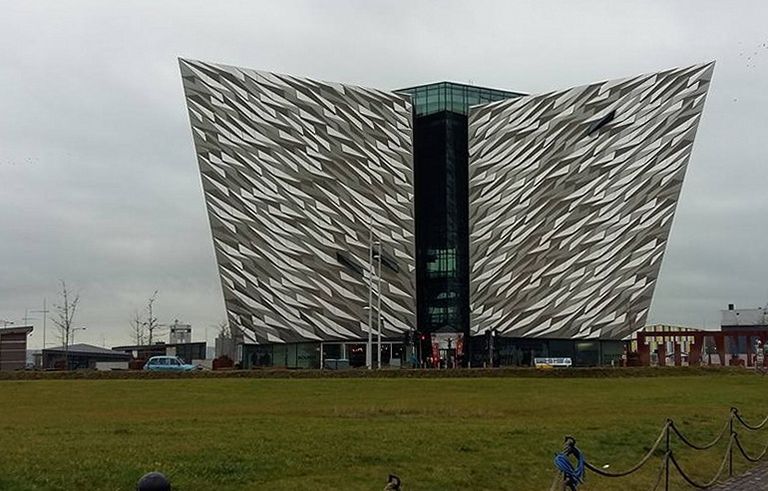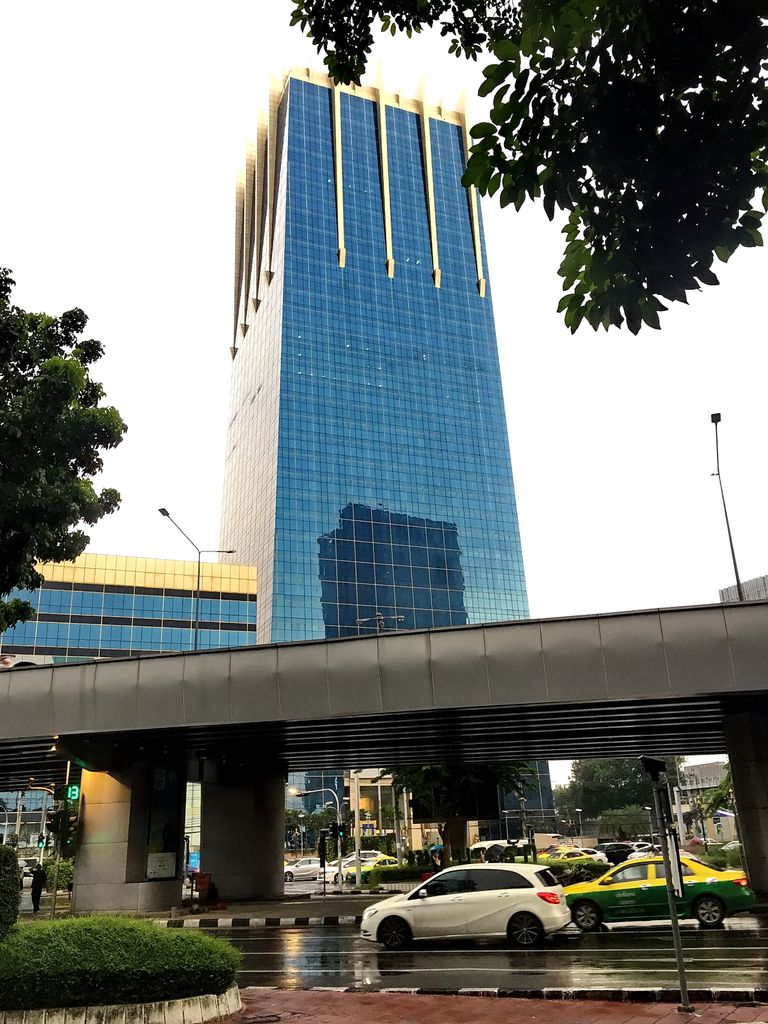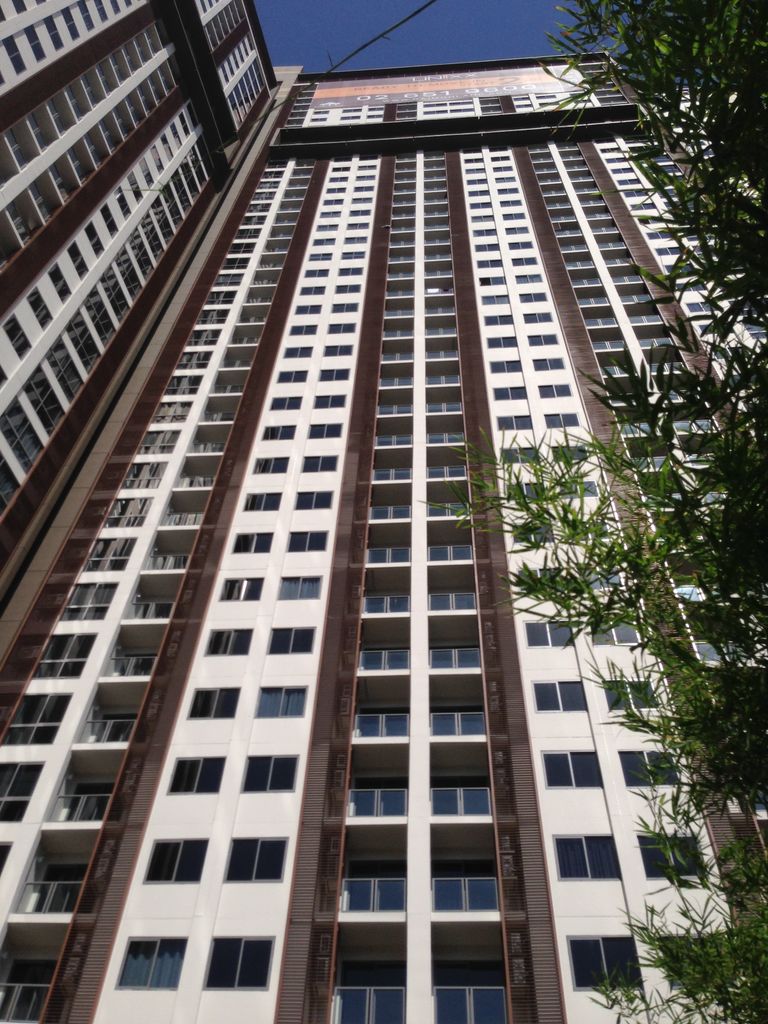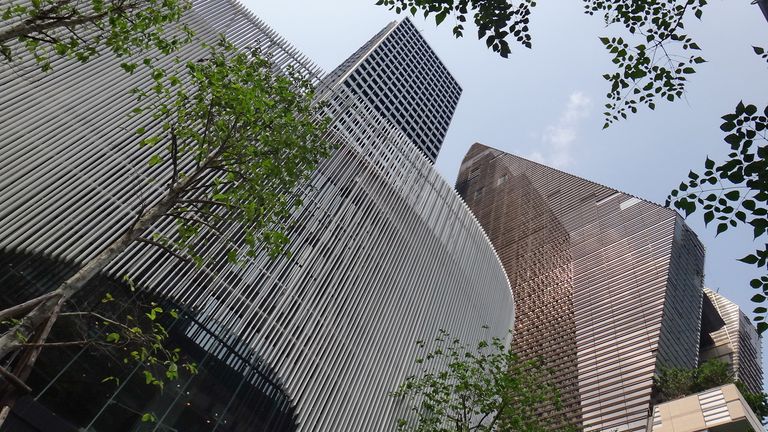Skyscrapers are some of the most awe-inspiring structures in the modern world, representing a blend of human creativity, architectural prowess, and engineering innovation. These towering structures do more than redefine city skylines; they symbolize progress, resilience, and the incredible possibilities that arise from pushing the boundaries of technology and design. From the steel giants of New York to the elegant glass towers of Dubai, skyscrapers are monuments to human ingenuity and our persistent desire to reach for the skies.

Aesthetic Elegance: Skyscrapers as Works of Art
One of the most striking features of skyscrapers is their ability to marry form and function. In an era where design often meets efficiency, skyscrapers have evolved into visually stunning works of art. Architects play with shapes, materials, and colors, creating structures that can be as beautiful as they are functional. For instance, The Shard in London, with its sleek glass panels that reflect the changing English sky, feels like an organic part of the city, constantly morphing with the day’s weather. Likewise, the twisting form of the Shanghai Tower in China combines aerodynamic efficiency with a dynamic silhouette, making it a unique presence on the horizon. This aesthetic flexibility allows skyscrapers to embody the culture, identity, and aspirations of the cities they inhabit, transforming them into symbols of both place and possibility.

Technological Ingenuity: Engineering Feats in the Face of Gravity
The construction of skyscrapers involves overcoming numerous technical challenges, many of which would have seemed insurmountable only a century ago. The drive to build higher has spurred innovations in materials, safety, and structural integrity. For example, the use of reinforced steel frames and the advent of high-strength concrete enable skyscrapers to soar ever higher without compromising stability. Additionally, advancements in seismic technology ensure that skyscrapers can withstand natural disasters, including earthquakes. One stunning example is the Taipei 101 building in Taiwan, which contains a massive tuned mass damper—a giant sphere that helps counteract the effects of wind and seismic activity. These types of innovations represent the ingenuity of modern engineering, which continually adapts to make the seemingly impossible possible.

Urban Efficiency: Skyscrapers as Vertical Cities
In densely populated urban areas, land is a precious commodity, and skyscrapers offer a solution to space limitations by building vertically. Skyscrapers can house offices, residences, shopping centers, and entertainment venues all in one location, effectively creating "vertical cities." Cities like Hong Kong and New York have embraced this concept, building densely packed skyscrapers that optimize the use of space and resources. This efficiency can reduce commuting times, ease urban sprawl, and minimize environmental impact by centralizing multiple functions in a single structure. Skyscrapers thus contribute to sustainable urban development, demonstrating how architecture can creatively respond to the challenges of modern city living.
Cultural Significance: Skyscrapers as Symbols of Identity and Ambition
Beyond their practical and aesthetic qualities, skyscrapers are cultural icons that reflect the character of their cities and societies. The towering Burj Khalifa in Dubai, for example, stands as a testament to Dubai’s rapid growth and ambition, while the Empire State Building is an enduring symbol of American resilience and innovation. Each skyscraper, with its unique design and purpose, tells a story of its city’s history, culture, and aspirations. This symbolic value imbues skyscrapers with a sense of identity and pride, making them much more than just buildings; they become landmarks that people can connect with emotionally.
The Future of Skyscrapers: Sustainable Innovation and Smart Cities
As the world becomes more eco-conscious, the future of skyscrapers lies in sustainable design and integration into "smart city" frameworks. Architects and engineers are increasingly focused on creating energy-efficient skyscrapers, utilizing renewable materials, green rooftops, and cutting-edge technologies to reduce environmental impact. The Bosco Verticale in Milan, for example, incorporates thousands of trees and plants into its structure, promoting biodiversity while also purifying the city’s air. With advancements in digital infrastructure, skyscrapers are also becoming "smart" buildings, equipped with sensors and technology that allow for real-time monitoring of energy consumption, air quality, and temperature, creating healthier and more efficient living spaces.
Conclusion: Skyscrapers as Monuments to Human Potential
The beauty and ingenuity of skyscrapers lie in their ability to capture the essence of human ambition. These towering giants remind us that innovation, creativity, and perseverance can overcome even the most formidable obstacles, transforming the impossible into the tangible. As they continue to evolve, skyscrapers will not only shape our skylines but also inspire us to reach new heights in our own pursuits, forever standing as testaments to the boundless potential of human imagination and ingenuity.


















